A supermassive black hole is speeding across the galaxy, and astronomers are baffled as to why.
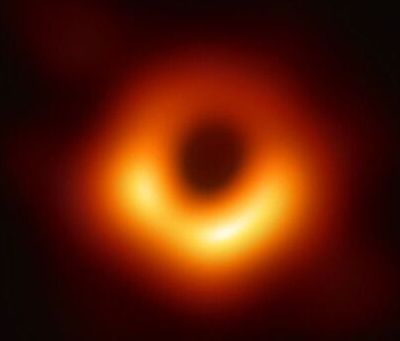

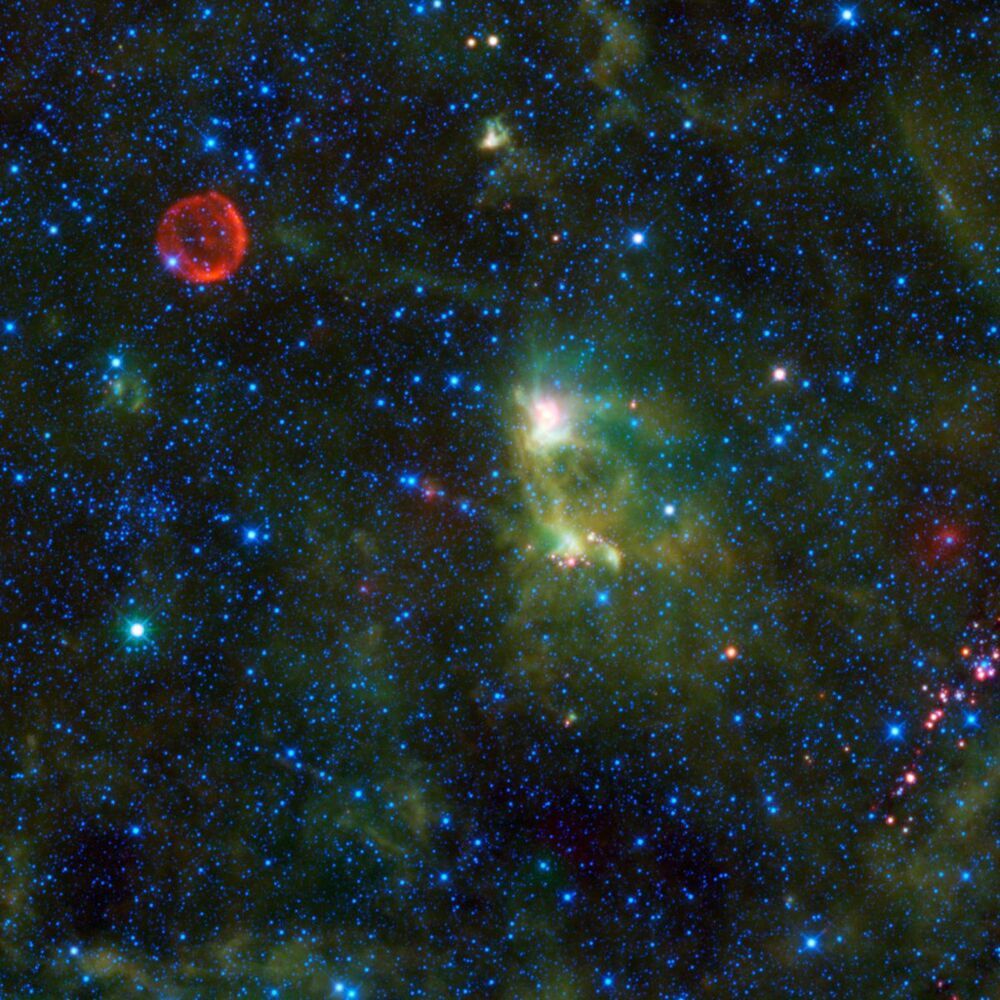
Tyson’s latest book “Cosmic Queries” covers the gamut from early Earth’s pond scum to potential multiverses to out-of-the-box ideas about the potential that we live in a false vacuum cosmos.
After the past year’s pandemic pall, it’s nice to be reminded that we remain inextricably connected to the cosmos beyond Earth’s atmosphere. In the new book “Cosmic Queries: StarTalk’s Guide to Who We Are, How We Got Here, and Where We’re Going,” astrophysicist and StarTalk podcast host Neil DeGrasse Tyson, along with George Mason University physics professor James Trefil, clearly remind us of our cosmic legacy.
Tyson, Director of New York City’s Hayden Planetarium at the American Museum of Natural History, is well known for his ability to provoke the public into thinking harder about our place in the cosmos. And “Cosmic Queries” does just that. Tyson and Trefil succinctly lead the reader through almost every aspect of cosmic history while addressing age-old questions with new verve.
Designed with a wealth of graphic and color images with pithy captions, the book is also peppered with amusing tweets from Tyson’s own Twitter account over the last decade. The book and his tweets touch on some of StarTalk’s recurring themes, such as Why is the universe the way it is? Are we alone? And how it all began and how it might all end?
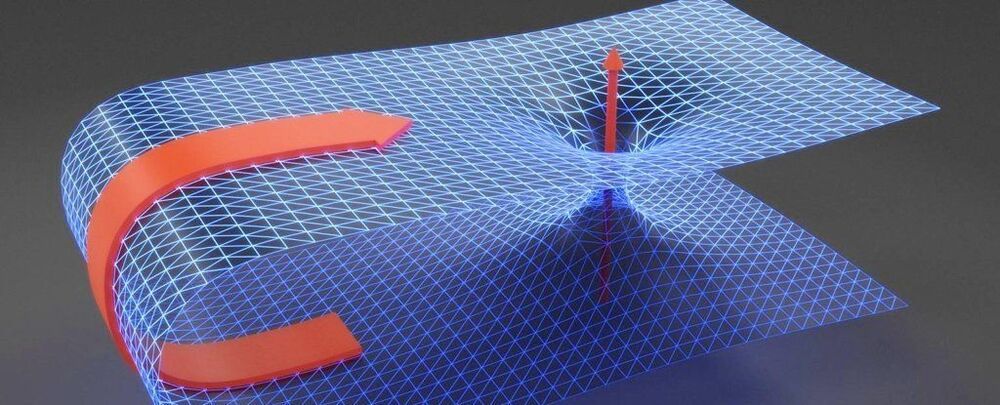
In my last post, I talked about the idea of warp drive and whether it might one day be possible. Today I’ll talk about another faster-than-light trick: wormholes.
Wormholes are an old idea in general relativity. It’s based on work by Albert Einstein and Nathan Rosen, who tried to figure out how elementary particles might behave in curved spacetime. Their idea treated particle-antiparticle pairs as two ends of a spacetime tube.
This Einstein-Rosen Bridge would look like a black hole on one end, and an anti-black hole, or white hole, on the other end.

A new type of maser made from periodically driven xenon atoms can detect low frequency magnetic fields far better than any previous magnetometer, according to scientists in China and Germany. The researchers believe their device is ready for use in a proposed gravitational wave search and might in future be used to find hypothetical dark matter particles.
Masers are the microwave-wavelength equivalent of lasers and their extreme frequency stability allows them to make invaluable contributions to atomic clocks, radio telescopes and several other areas of physics. In a traditional maser – as in a traditional laser – the masing action occurs between two energy levels in an atomic or molecular gain medium confined in a cavity. As electromagnetic radiation bounces back and forth in the cavity, photons whose frequency is resonant with the energy difference between the two levels are repeatedly emitted and absorbed by the atoms. Eventually, a “population inversion” with more atoms in the upper level is achieved, and stimulated emission from these atoms produces a highly monochromatic beam of microwave radiation.
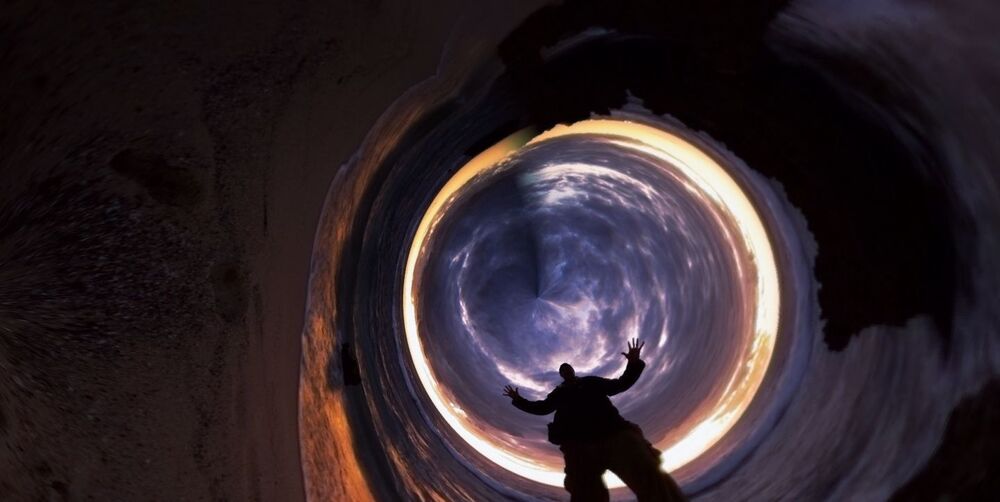
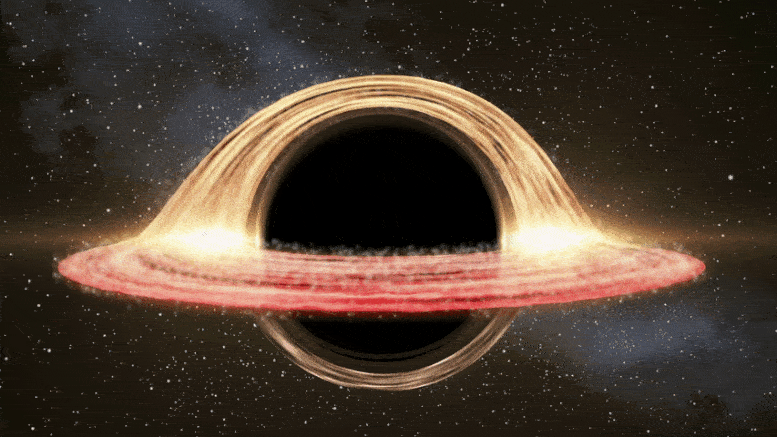
What is the origin of black holes and how is that question connected with another mystery, the nature of dark matter? Dark matter comprises the majority of matter in the Universe, but its nature remains unknown.
Multiple gravitational wave detections of merging black holes have been identified within the last few years by the Laser Interferometer Gravitational-Wave Observatory (LIGO), commemorated with the 2017 physics Nobel Prize to Kip Thorne, Barry Barish, and Rainer Weiss. A definitive confirmation of the existence of black holes was celebrated with the 2020 physics Nobel Prize awarded to Andrea Ghez, Reinhard Genzel and Roger Penrose. Understanding the origin of black holes has thus emerged as a central issue in physics.
Surprisingly, LIGO has recently observed a 2.6 solar-mass black hole candidate (event GW190814, reported in Astrophysical Journal Letters 896 (2020) 2, L44). Assuming this is a black hole, and not an unusually massive neutron star, where does it come from?
For decades, researchers assumed the cosmic rays that regularly bombard Earth from the far reaches of the galaxy are born when stars go supernova — when they grow too massive to support the fusion occurring at their cores and explode.
Those gigantic explosions do indeed propel atomic particles at the speed of light great distances. However, new research suggests even supernovae — capable of devouring entire solar systems — are not strong enough to imbue particles with the sustained energies needed to reach petaelectronvolts (PeVs), the amount of kinetic energy attained by very high-energy cosmic rays.
And yet cosmic rays have been observed striking Earth’s atmosphere at exactly those velocities, their passage marked, for example, by the detection tanks at the High-Altitude Water Cherenkov (HAWC) observatory near Puebla, Mexico. Instead of supernovae, the researchers posit that star clusters like the Cygnus Cocoon serve as PeVatrons — PeV accelerators — capable of moving particles across the galaxy at such high energy rates.
TOWARDS a METAMATERIALLY-BASED ANALOGUE SENSOR FOR TELESCOPE EYEPIECES jeremy batterson.
(NB: Those familiar with photography or telescopy can skip over the “elements of a system,” since they will already know this.)
In many telescopic applications, what is desired is not a more magnified image, but a brighter image. Some astronomical objects, such as the Andromeda galaxy or famous nebulae like M42 are very large in apparent size, but very faint. If the human eye could see the Andromeda galaxy, it would appear four times wider than the Moon. The great Orion nebula M42 is twice the apparent diameter of the Moon.
Astrophotographers have an advantage over visual astronomers in that their digital sensors can be wider than the human pupil, and thus can accommodate larger exit pupils for brighter images.
The common three-factor determination of brightness of a photograph (aperture, ISO, and shutter speed) should actually be five-factor, including what is often left out since it had already been inherently designed into a system: magnification and exit pupil. The common factors are.
Elements of a system: 1 )Aperture. As aperture increases, the light gain of a system increases by the square of increased aperture, so a 2-inch diameter entrance pupil aperture has four times gain over a 1-inch diameter entrance pupil and so on.
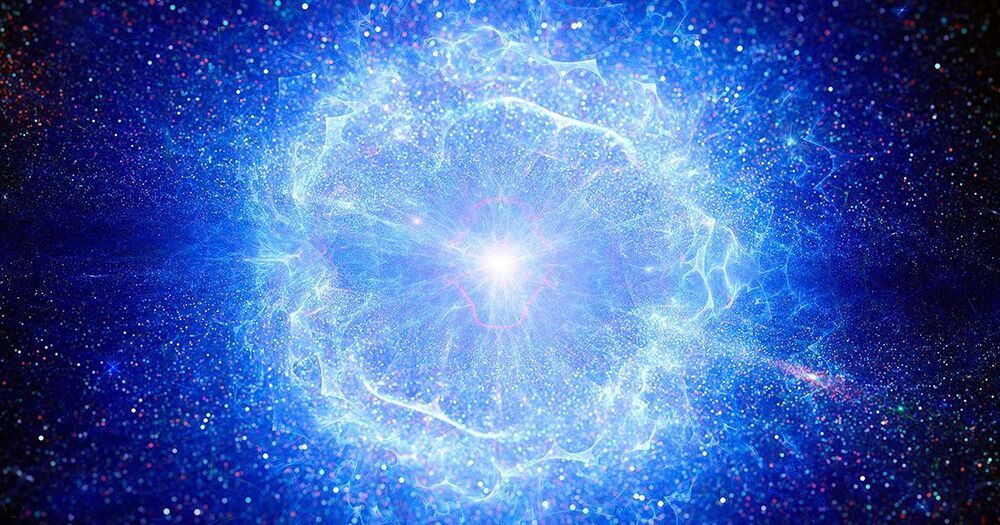
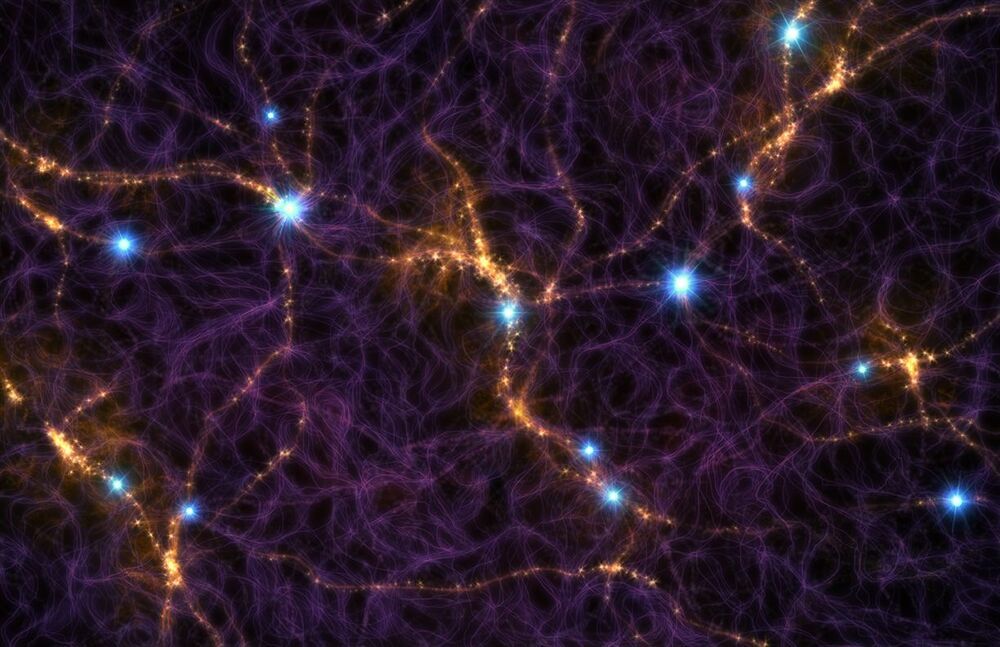
How can you possibly use simulations to reconstruct the history of the entire universe using only a small sample of galaxy observations? Through big data, that’s how.
Theoretically, we understand a lot of the physics of the history and evolution of the universe. We know that the universe used to be a lot smaller, denser, and hotter in the past. We know that its expansion is accelerating today. We know that the universe is made of very different things, including galaxies (which we can see) and dark matter (which we can’t).
We know that the largest structures in the universe have evolved slowly over time, starting as just small seeds and building up over billions of years through gravitational attraction.